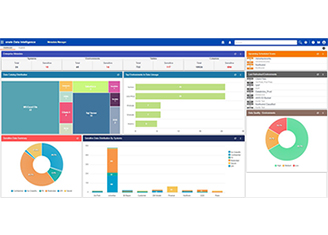Command and Control of Your Data Landscape with erwin Data Intelligence
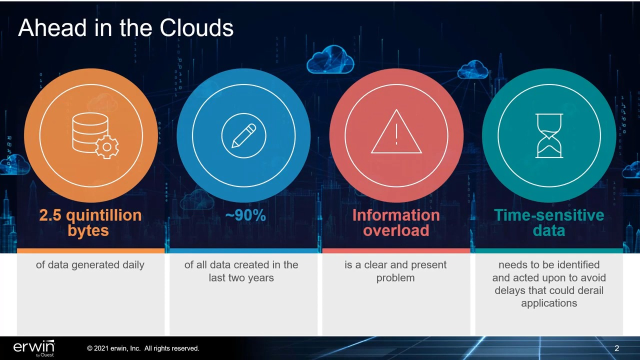 19:57
19:57
Related videos
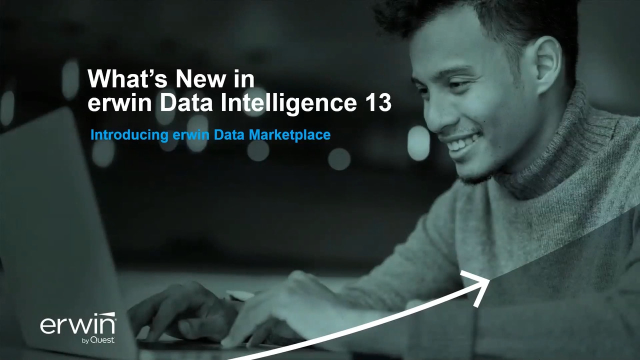
What's new in erwin Data Intelligence 13
Take a look at this 5-minute video to learn about erwin Data Marketplace, a new offering added within erwin Data Intelligence to make it simple for for all data users to find, understand and begin to leverage the governed high-value, trusted data located across your enterprise. Also learn of other enhancements to the software that will speed asset discovery; further enhance data lineage; make it easier to tag assets for analysis, reporting and automation; and provide new integration capability.
Duration: 05:05
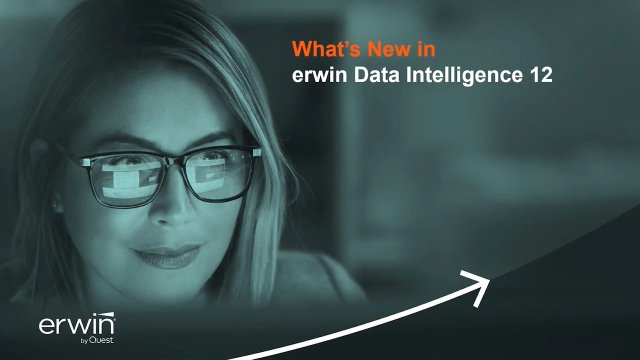
What's New in erwin Data Intelligence 12.0
erwin Data Intelligence by Quest 12.0 delivers new data quality capabilities, a new business user experience and more to erwin Data Intelligence customers. See how this latest release further empowers IT, data governance teams and business users in working together to maximize the potential of their enterprise's data and protect against its risks.
Duration: 08:22
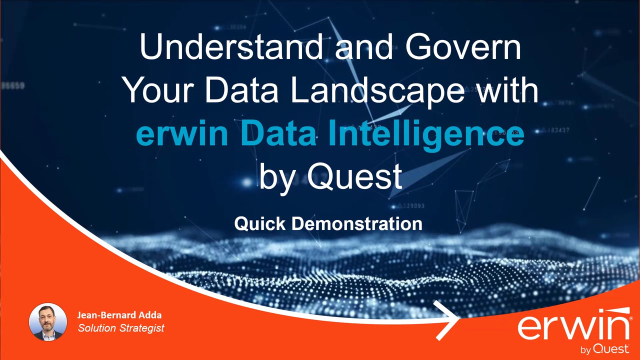
Understand your Data Landscape with the erwin Data Intelligence Suite
erwin Data Intelligence provides powerful capabilities to help organizations see and govern their entire data landscape. Capabilities such as smart data connectors help IT teams automatically harvest and keep collected metadata up-to-date, and data lineage and other interactive, business-friendly visualizations help all governance teams and business users quickly pinpoint and understand data relationships.
Duration: 07:19

What’s New in erwin Data Intelligence Suite 10.2
Released December 2020, erwin Data Intelligence Suite version 10.2 provides customers with new capabilities to tailor the product to data governance frameworks, efficiently onboard and manage users, expand data landscape visibility, encourage data knowledge sharing, and work more fluidly. This video details erwin Data Intelligence version 10.2 enhancements. erwin Data Intelligence combines the capabilities of erwin Data Catalog and erwin Data Literacy to provide organizations with a more comprehensive, actionable understanding of their data assets. With erwin Data Intelligence, AI-driven automation capabilities allow organizations to harvest and transform metadata from a range of sources, operational processes, business applications and data models into a centralized catalog.
Duration: 06:54

erwin Data Intelligence
erwin Data Intelligence combines data catalog and data literacy capabilities for greater awareness of and access to available data assets, guidance on their use, and guardrails to ensure data policies and best practices are followed. Watch this short video to learn how erwin Data Intelligence:
- Automatically harvests, transforms and feeds metadata from a wide array of data sources, operational processes, business applications and data models into a central catalog
- Makes them available to stakeholders via contextual, role-based views
Duration: 01:29
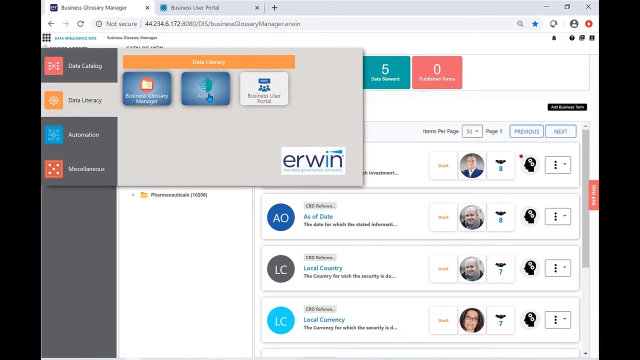
erwin Data Intelligence for Data Governance
erwin Data Intelligence is purpose-built for both technical and business data governance requirements. In this demo, we will explore the user experience in our Business Glossary Manager and how a user adds business terms for use in the erwin Data Catalog.
Duration: 07:55
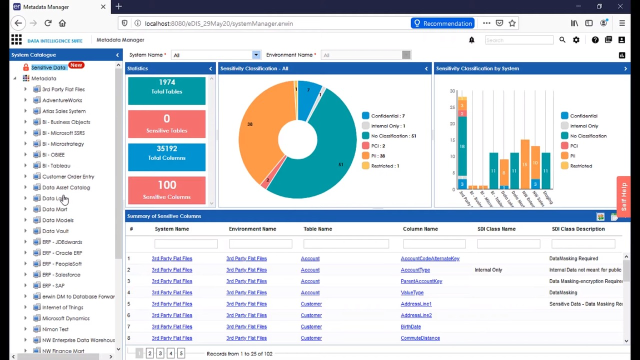
erwin Data Intelligence for Data Analysis
erwin Data Intelligence helps organizations build a high-quality and automated data pipeline to enhance the effectiveness of data analysis projects. In this demonstration, we follow the role of a data analyst, with a closer look at how erwin Data Intelligence addresses data lineage, data enrichment and security and privacy.
Duration: 09:53
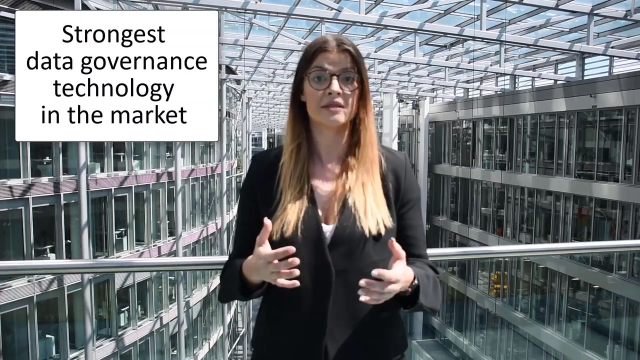
Business Transformation and Data Readiness at E.ON
E.ON’s Data Manager Romina Medici explains the organization’s progress after six months of using the erwin Data Intelligence Suite. The global energy provider selected erwin Data Intelligence as its data governance technology platform and began its implementation with a pilot in Romania, where all core systems have been integrated successfully.
Duration: 03:34

